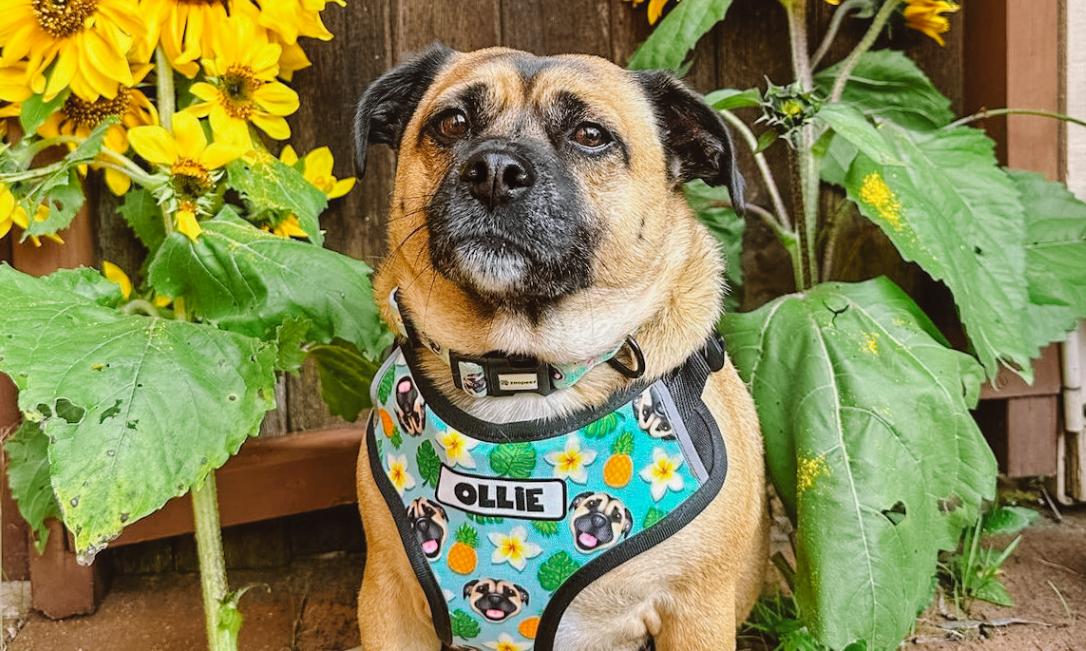Teaching your dog to heel on a leash is one of the most essential skills for safe and enjoyable walks. Using the right tools, like a custom dog leash or a high-quality dog lead, can make training easier, safer, and more comfortable for both you and your pup.
Why Teaching Your Dog to Heel Matters
A dog that pulls on walks can be stressful, unsafe, and exhausting. Teaching your dog to heel:
-
Improves safety near traffic and crowds
-
Reduces strain on your dog’s neck and your arms
-
Makes walks more enjoyable and controlled
-
Helps your dog focus and follow commands
Step 1: Choose the Right Leash
A custom dog leash gives you control, comfort, and style. Look for leashes that are durable, adjustable, and suited to your dog’s size. If you’re in Australia, selecting a reliable dog lead Australia ensures high-quality materials and safety standards. Pair your leash with a personalised dog harness for maximum training effectiveness.

Step 2: Start in a Low-Distraction Area
Begin your training in a calm environment like your backyard or a quiet park. Attach the leash to your dog’s harness and let them explore for a moment. Have treats or toys ready to reward good behaviour.
Step 3: Teach a Cue
Choose a simple cue like “heel” or “let’s go.” Walk forward slowly, keeping your dog by your side. Reward them immediately when they stay in the correct position. Positive reinforcement is key—treats, praise, or a quick play session works wonders.
Step 4: Practice and Patience
-
Short sessions: Start with 5–10 minute sessions and gradually increase duration.
-
Consistency: Practice daily for the best results.
-
Rewarding progress: Always reward your dog when they follow your heel cue, even small improvements.
Step 5: Add Personality and Safety
Using a dog leash not only makes training easier but also adds style and safety. A dog lead ensures your pup is securely attached while showing off their personality.
Step 6: Progress to Higher-Distraction Environments
Once your dog is comfortable heeling in quiet areas, practice in busier parks, streets, or dog-friendly areas. Gradually increasing distractions helps your dog generalise the behaviour for real-world situations.
Final Thoughts
Training your dog to heel takes patience, consistency, and the right tools. A custom dog leash can make a huge difference in comfort, safety, and training success. With regular practice, walks will become stress-free, enjoyable, and fun for both you and your furry friend.
















